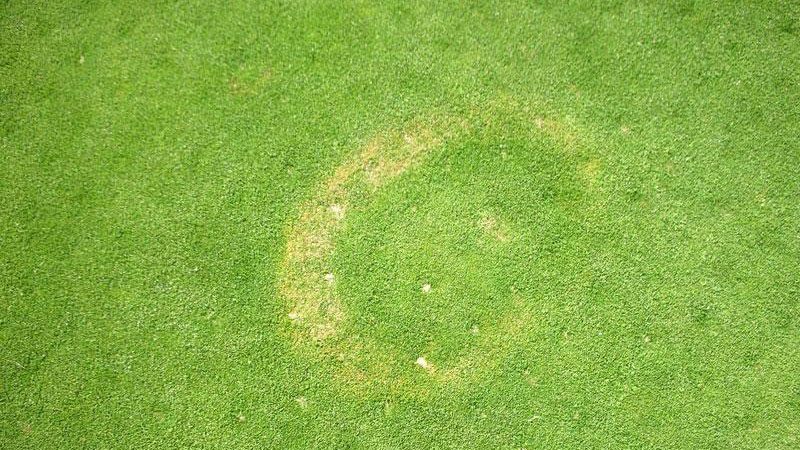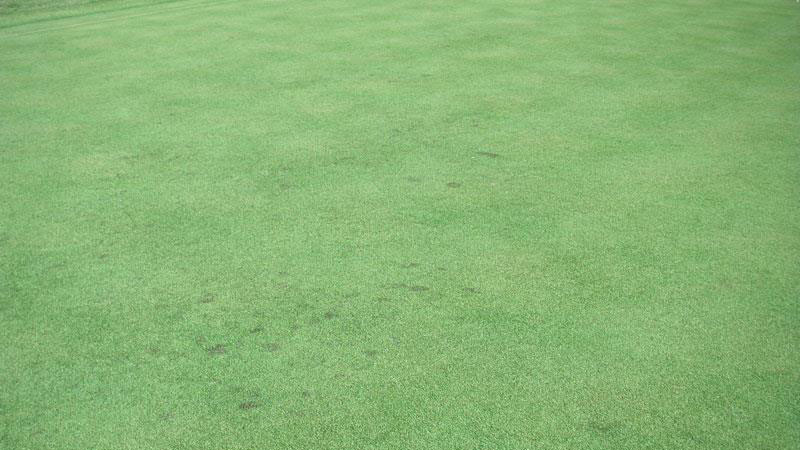Commercial Horticulture, Nursery & Turf
en Español / em Português
El inglés es el idioma de control de esta página. En la medida en que haya algún conflicto entre la traducción al inglés y la traducción, el inglés prevalece.
Al hacer clic en el enlace de traducción se activa un servicio de traducción gratuito para convertir la página al español. Al igual que con cualquier traducción por Internet, la conversión no es sensible al contexto y puede que no traduzca el texto en su significado original. NC State Extension no garantiza la exactitud del texto traducido. Por favor, tenga en cuenta que algunas aplicaciones y/o servicios pueden no funcionar como se espera cuando se traducen.
Português
Inglês é o idioma de controle desta página. Na medida que haja algum conflito entre o texto original em Inglês e a tradução, o Inglês prevalece.
Ao clicar no link de tradução, um serviço gratuito de tradução será ativado para converter a página para o Português. Como em qualquer tradução pela internet, a conversão não é sensivel ao contexto e pode não ocorrer a tradução para o significado orginal. O serviço de Extensão da Carolina do Norte (NC State Extension) não garante a exatidão do texto traduzido. Por favor, observe que algumas funções ou serviços podem não funcionar como esperado após a tradução.
English
English is the controlling language of this page. To the extent there is any conflict between the English text and the translation, English controls.
Clicking on the translation link activates a free translation service to convert the page to Spanish. As with any Internet translation, the conversion is not context-sensitive and may not translate the text to its original meaning. NC State Extension does not guarantee the accuracy of the translated text. Please note that some applications and/or services may not function as expected when translated.
Collapse ▲Learn More Using the Resources Below
County Extension Programs
Extension Topics
- Blackberries and Raspberries
- Blueberries
- Composting
- Cut Flowers
- Extension Entomology - Insect Biology and Management
- Extension Plant Pathology
- Gardening in North Carolina (Urban Horticulture)
- Herbs, Vegetables, Specialty Crops, and Organics
- Horticulture
- Muscadine and Vinifera Grapes
- NC Fresh Produce Safety
- NC Integrated Pest Management (IPM)
- Peaches
- Strawberries
- Turffiles - Lawn Care Information for North Carolina
- Vegetable Production - Tomatoes, Cabbage, Peppers
- Weed Management in Nurseries, Landscapes, & Christmas Trees
More Extension Programs at NC State University
National Cooperative Extension Project Sites
Partnerships and Organizations
- Center for Environmental Farming Systems (CEFS)
- JC Raulston Arboretum
- The Southern Region Small Fruit Consortium
Publications, Information, and News
Specialized Search Tools
Volunteers in Extension
Recent Publications related to Commercial Horticulture, Nursery & Turf

Yellow Tuft in Turf
This factsheet summarizes the characteristics of yellow tuft.

Yellow Patch in Turf
This factsheet summarizes the characteristics of yellow patch.

Take-All Root Rot in Turf
This factsheet summarizes the characteristics of take-all root rot in turf.

Summer Patch in Turf
This factsheet summarizes the characteristics of summer patch.

Spring Dead Spot in Turf
This factsheet summarizes the characteristics of spring dead spot.

Slime Mold in Turf
This factsheet summarizes the characteristics of slime mold.


Red Thread in Turf
This factsheet summarizes the characteristics of red thread.


